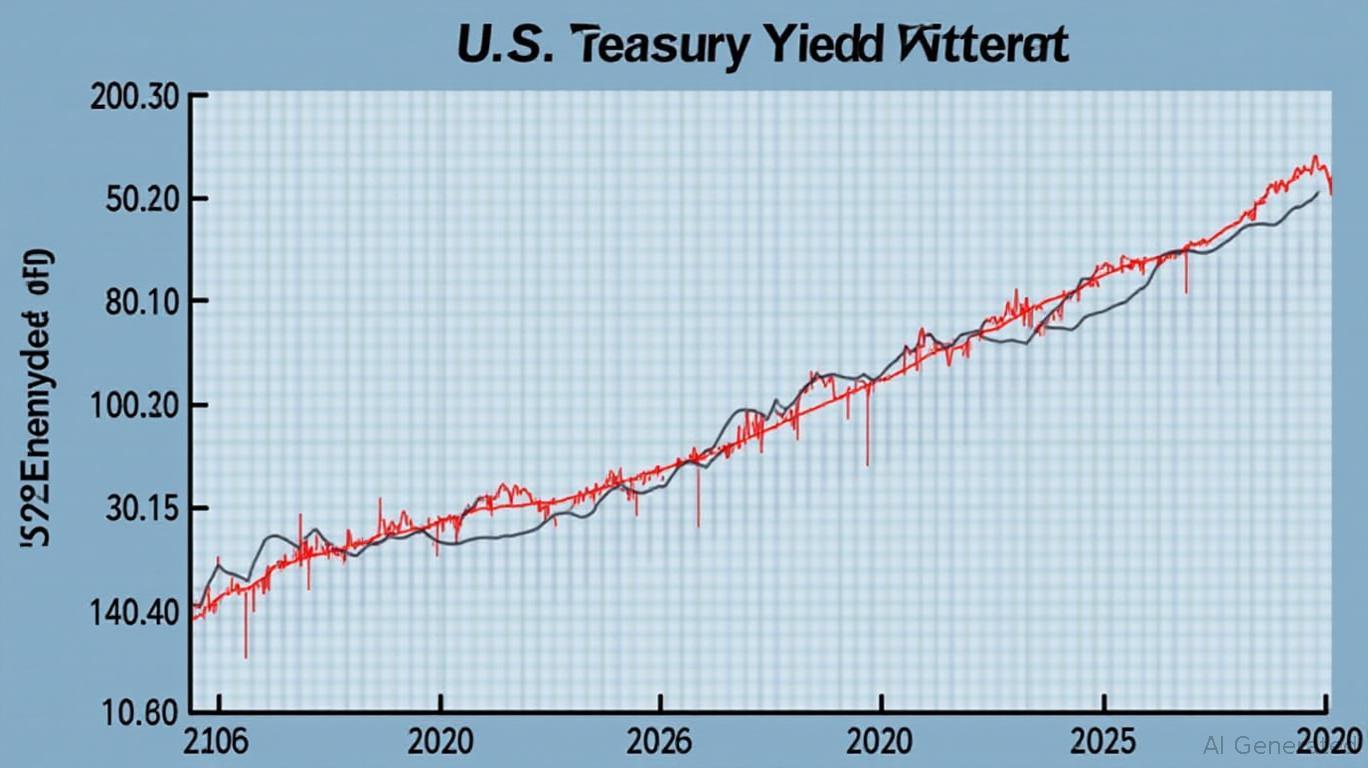Navigating Narrow Market Breadth: Strategies for Active Fund Managers
Tuesday, Jan 7, 2025 8:40 pm ET
Introduction
In the world of investing, understanding market dynamics is crucial for making informed decisions. One such dynamic is market breadth, a concept that gauges the overall health of a stock market. This article will explore the concept of narrow market breadth, its implications for active fund managers, and provide actionable strategies to navigate these conditions effectively.
Core Concept Explanation
Market breadth refers to the number of stocks participating in a market's upward or downward movement. When market breadth is strong, a large number of stocks are moving in the same direction, indicating a robust market trend. However, when market breadth is narrow, only a few stocks are driving the market's movement, which can signal underlying weaknesses.
Narrow market breadth occurs when major indices rise due to gains in a small number of stocks, often large-cap or high-profile companies, while the majority of stocks may not perform as well. This phenomenon can create challenges for active fund managers who aim to outperform the market by selecting individual stocks.
Application and Strategies
Active fund managers can implement several strategies to navigate narrow market breadth effectively:
Focus on Sector Rotation: During periods of narrow breadth, some sectors may outperform others. By analyzing sector trends, fund managers can rotate investments into sectors showing relative strength, potentially increasing returns.
Diversification: Investing in a diversified portfolio can help mitigate risks associated with narrow breadth. By spreading investments across various sectors and market caps, managers can reduce the impact of poor-performing stocks.
Quantitative Analysis: Utilizing quantitative models to identify trends and patterns can provide insights into which stocks or sectors are likely to perform well despite narrow market breadth.
Risk Management: Establishing stop-loss orders and regularly reviewing portfolio allocations can help manage risks and protect against significant downturns in individual stock prices.
Case Study Analysis
A notable example of narrow market breadth occurred during the tech boom in the late 1990s. During this period, a handful of tech giants drove the NASDAQ to new heights, while many other stocks lagged behind. Active fund managers who recognized this trend and focused on tech stocks significantly outperformed those who maintained a broader market approach.
However, the subsequent tech crash highlighted the risks of narrow breadth, as the concentration in tech stocks led to substantial portfolio losses for those not diversified. This case study underscores the importance of balancing sector focus with diversification and risk management.
Risks and Considerations
Investing in a market with narrow breadth carries several risks. The concentration of market gains in a few stocks can lead to increased volatility and susceptibility to sudden downturns. To mitigate these risks, investors should:
Conduct Thorough Research: Understanding the drivers behind narrow breadth, such as macroeconomic factors or industry trends, can inform better investment decisions.
Implement a Risk Management Strategy: Regularly review and adjust portfolio allocations to minimize exposure to volatile stocks or sectors.
Stay Informed: Keeping abreast of market developments and adjusting strategies accordingly can help navigate rapidly changing conditions.
Conclusion
Narrow market breadth presents unique challenges and opportunities for active fund managers. By employing strategies such as sector rotation, diversification, and quantitative analysis, investors can navigate these conditions effectively. Understanding the risks associated with narrow breadth and implementing robust risk management strategies are essential for maintaining a resilient portfolio. By staying informed and adaptable, fund managers can make the most of both narrow and broad market conditions.
In the world of investing, understanding market dynamics is crucial for making informed decisions. One such dynamic is market breadth, a concept that gauges the overall health of a stock market. This article will explore the concept of narrow market breadth, its implications for active fund managers, and provide actionable strategies to navigate these conditions effectively.
Core Concept Explanation
Market breadth refers to the number of stocks participating in a market's upward or downward movement. When market breadth is strong, a large number of stocks are moving in the same direction, indicating a robust market trend. However, when market breadth is narrow, only a few stocks are driving the market's movement, which can signal underlying weaknesses.
Narrow market breadth occurs when major indices rise due to gains in a small number of stocks, often large-cap or high-profile companies, while the majority of stocks may not perform as well. This phenomenon can create challenges for active fund managers who aim to outperform the market by selecting individual stocks.
Application and Strategies
Active fund managers can implement several strategies to navigate narrow market breadth effectively:
Focus on Sector Rotation: During periods of narrow breadth, some sectors may outperform others. By analyzing sector trends, fund managers can rotate investments into sectors showing relative strength, potentially increasing returns.
Diversification: Investing in a diversified portfolio can help mitigate risks associated with narrow breadth. By spreading investments across various sectors and market caps, managers can reduce the impact of poor-performing stocks.
Quantitative Analysis: Utilizing quantitative models to identify trends and patterns can provide insights into which stocks or sectors are likely to perform well despite narrow market breadth.
Risk Management: Establishing stop-loss orders and regularly reviewing portfolio allocations can help manage risks and protect against significant downturns in individual stock prices.
Case Study Analysis
A notable example of narrow market breadth occurred during the tech boom in the late 1990s. During this period, a handful of tech giants drove the NASDAQ to new heights, while many other stocks lagged behind. Active fund managers who recognized this trend and focused on tech stocks significantly outperformed those who maintained a broader market approach.
However, the subsequent tech crash highlighted the risks of narrow breadth, as the concentration in tech stocks led to substantial portfolio losses for those not diversified. This case study underscores the importance of balancing sector focus with diversification and risk management.
Risks and Considerations
Investing in a market with narrow breadth carries several risks. The concentration of market gains in a few stocks can lead to increased volatility and susceptibility to sudden downturns. To mitigate these risks, investors should:
Conduct Thorough Research: Understanding the drivers behind narrow breadth, such as macroeconomic factors or industry trends, can inform better investment decisions.
Implement a Risk Management Strategy: Regularly review and adjust portfolio allocations to minimize exposure to volatile stocks or sectors.
Stay Informed: Keeping abreast of market developments and adjusting strategies accordingly can help navigate rapidly changing conditions.
Conclusion
Narrow market breadth presents unique challenges and opportunities for active fund managers. By employing strategies such as sector rotation, diversification, and quantitative analysis, investors can navigate these conditions effectively. Understanding the risks associated with narrow breadth and implementing robust risk management strategies are essential for maintaining a resilient portfolio. By staying informed and adaptable, fund managers can make the most of both narrow and broad market conditions.



_442a2dcc1749832873286.jpeg)
_e68fac6d1749831664430.jpeg)





